From the lighting systems to the door operations and Internet of things operations, the last ten years have seen significant changes in smart homes. Many people started the journey of smart homes by installing small light switches to control their gadgets and enjoy efficiency and convenience.
Although the technology comes with potential human errors, it has improved lives and is set to be revolutionized even more. Let’s dig deeper into how the smart home industry has widespread in last 10 years.
Automated windows and lighting controls
Quick Navigation
Automated windows and lighting control systems have allowed people to control the aspects of home lighting and reduce the number of switches in their homes. Lighting controls are network-based, so a large building can be controlled centrally.
Crafty programming systems allow households to automate schedules of their lighting systems by allowing them to brighten, dim, or turn off lights whenever they want. Some systems are designed in a way that they can detect whether people are away from their homes.
They can automatically turn off lights when not in use to optimize energy utilization and save costs. The automated window treatments can automatically control outdoor lighting from remote locations. Window blinds have become cordless for safety and convenience reasons- the window operation mechanisms are within the headrail.
Automated window blinds and shades offer a cordless and clean design that enhances the security of homes. With no dangerous or messy cords dangling from the window, homeowners can feel at ease knowing that their children and pets are safe. Smart window shades can be controlled remotely, so the homeowners can relax on their couches as they close the binds.
Advanced security systems
Many households are now relying on technology to make everyday living standards more convenient. The security systems on many households have drastically evolved over the past decade with new gadgets and tools being invented.
Many people are taking advantage of advanced surveillance cameras and ultra-modern security gadgets to improve their security in their homes. The security technology can be accessed by households irrespective of their economic status.
Households have turned to automated lighting solutions that can intelligently remember people’s lighting habits and act accordingly. They can duplicate the lighting patterns even when people are not at home and provide an additional layer of security. Another example of the evolution of home security systems is the lighting features that produce sounds to detect theft.
Theft-deterrent sounds can be programmed on homes using MP3 technology to provide additional security. Since most burglars target unoccupied houses, the technology can help to maintain household security even when people are not at home.
People have also installed motion and heat detectors in their homes using advanced technology. The detectors have become more sensitive in the last ten years and can automatically detect the presence of a suspicious person. Body and motion heat detectors can surround people’s homes with an additional security layer that acts as an alarm in case of danger.
Improved home network
Automated homes require something more robust than the ordinary router to maintain and improve home networks. It requires advanced networking equipment and many wireless points in different parts of a home.
The improved home network is like the central nervous system of a home that integrates the various components of the system to make them work together. Many households are investing in additional software and high-quality hardware to keep up with industry trends.
They are also upgrading their home internet services to allow them to have easy access to networks and perform their tasks conveniently. The improved home network technology is playing a major role in education by allowing learners to load documents and complete their work fast.
How smart home technologies help in education
The 2021 advanced technologies have made it possible for students to live comfortably in their houses. Some conveniences can cause the students to forget about important tasks such as completing assignments.
From their smart homes, they can find homework help from Edubirdie thesis helper. This offers online services for any kind of essay or dissertation, no matter its complexity.
Having a smart home is the starting point towards having an essay or any other academic work done. From eating, washing things or cleaning the room due to their high employment at school to doing their homework, a smartphone makes everything possible.
Distributed audio
Being in a home filled with good music is enjoyable and is why people are investing in distributed audio in their homes. The audio connects multiple rooms simultaneously while making the homeowners feel like they have a DJ around them.
The system integrates seamlessly with different smart home components such as lighting and automated windows. With music and lighting under homeowners’ control, they can automatically turn their living spaces into ultimate club experiences.
People can enjoy walking from one room to another while enjoying the sounds of their favorite tracks, playlists, and albums. Distributed audio is no longer reserved for the rich- the luxury is available to anyone. Audio solutions allow people to have total control over how they choose to listen to podcasts, music or other audio types.
When people make decisions to invest in distributed audio solutions, they ask themselves the following questions:
- Is having high-quality audio a priority? High-quality audio is more neat and compact and allows people to listen to songs seamlessly.
- Is it necessary to hide the speakers out of people’s view? Hidden speakers allow people to enjoy music without dealing with remotes, devices, or cords.
- Do they prefer handheld systems, wall-mounted controls, or both? Wall-mounted controls can enhance the space design, unlike the handheld systems.
- Is it necessary to introduce multi-room audio? Multi-room audio enables people to listen to music all over the home and enjoy great sounds from high-end speakers.
Smart refrigerators and ovens have evolved
Although smart technology is yet to provide robot chefs, smart kitchen appliances are simplifying cooking in many homes.
Homeowners can connect most of the smart kitchen devices with their smart speakers to improve their homes further. Smart refrigerators can tell the homeowners whether they are being accessed frequently or not. They can also alert them if the door of the refrigerator has been left open and also let them know the kind of items they need to buy.
Some fridges are equipped with monitors that can stream other devices, including the TV. Others are compatible with apps such that they can run diagnostics and ensure the smooth running of important activities in homes. Smart ovens enable individuals to control their ovens from remote locations and enjoy better kitchen experiences.
Some apps allow people to find recipes and set the temperature and the time needed to prepare meals. Most of the smart ovens will enable users to run diagnostics and control the timers.
Homeowners are investing in smart refrigerators and ovens to cut costs and simplify cooking. Along with you’re smart refrigerator, you should also get a smart refrigerators lock to keep your refrigerated belongings safe. Most devices have custom applications that allow owners to access their homes when they are on vacation. Remote access can let people check on their homes through advanced surveillance solutions and accord them peace of mind when they are away.
Vehicle detection technology has evolved
The advanced system allows homeowners to know when a motor vehicle is approaching their home’s driveway. The technology works better with Bluetooth headsets because the system can announce the time a visitor arrives.
It also works with wireless standards such as the Global System for Mobile Communications (GSM). This system allows the homeowner to receive a message on their device whenever a visitor or any other person arrives at their homes.
Smart vehicle detection utilizes sensors to provide efficient detection of vehicles, so it is a great facility when the homeowner is away. The homeowners are deploying automated vehicle detection technology to cut costs that may be associated with invasive technologies, including the inductive loops.
Homeowners are integrating their homes with cars such that they can receive alerts in case of emergencies. Some major motor vehicle brands have digital dashboards with special features that can allow homeowners to turn their alarm systems on and off.
Some connected car industries are serving their customers through big data analytics to enhance the safety and comfort of homes. Smart cars are being merged with smart homes because bid data can analyze and detect customers’ behavior.
Smart homes merge with smart cars into a centralized infrastructure to facilitate data storage. Connectivity is about data sharing, so smart homes and cars require exchanging relevant data that they generate.
Moreover, there are some good IFTTT devices for almost every necessity in a smart house, make sure to choose from them.
Conclusion
Smart homes have evolved over the last ten years as a result of advancements in window and lighting solutions, security systems, and home networks. Smart homes feature distributed audio systems, smart kitchens, and vehicle detection systems. and if you have an Airbnb, you should install all the best high-quality smart devices in your Airbnb to make it more attractive and safe. Smart home solutions are enabling homeowners to manage their home devices centrally by using specific apps.

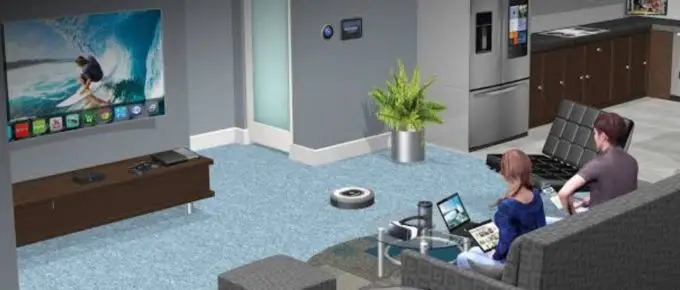
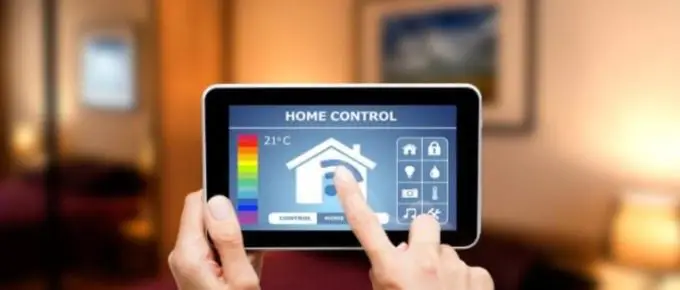

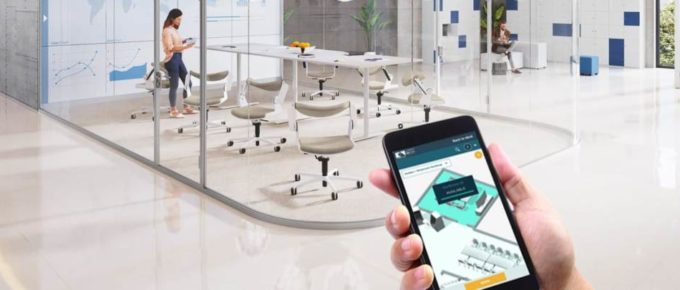
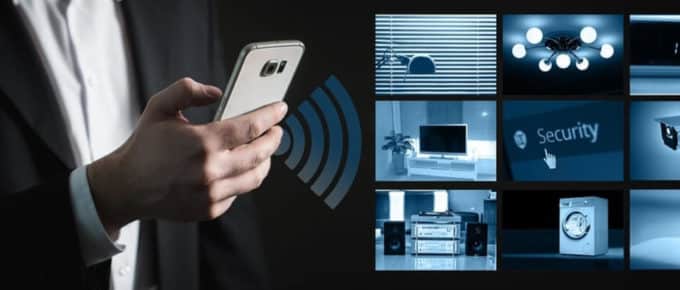
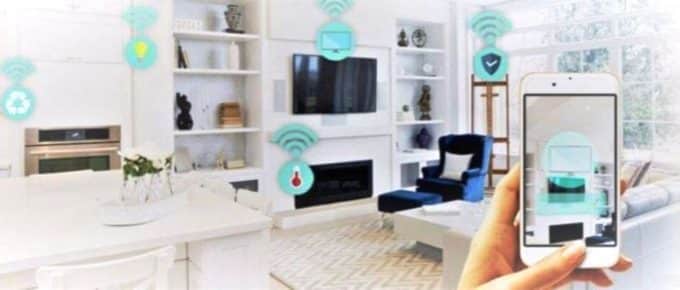
Leave a Reply